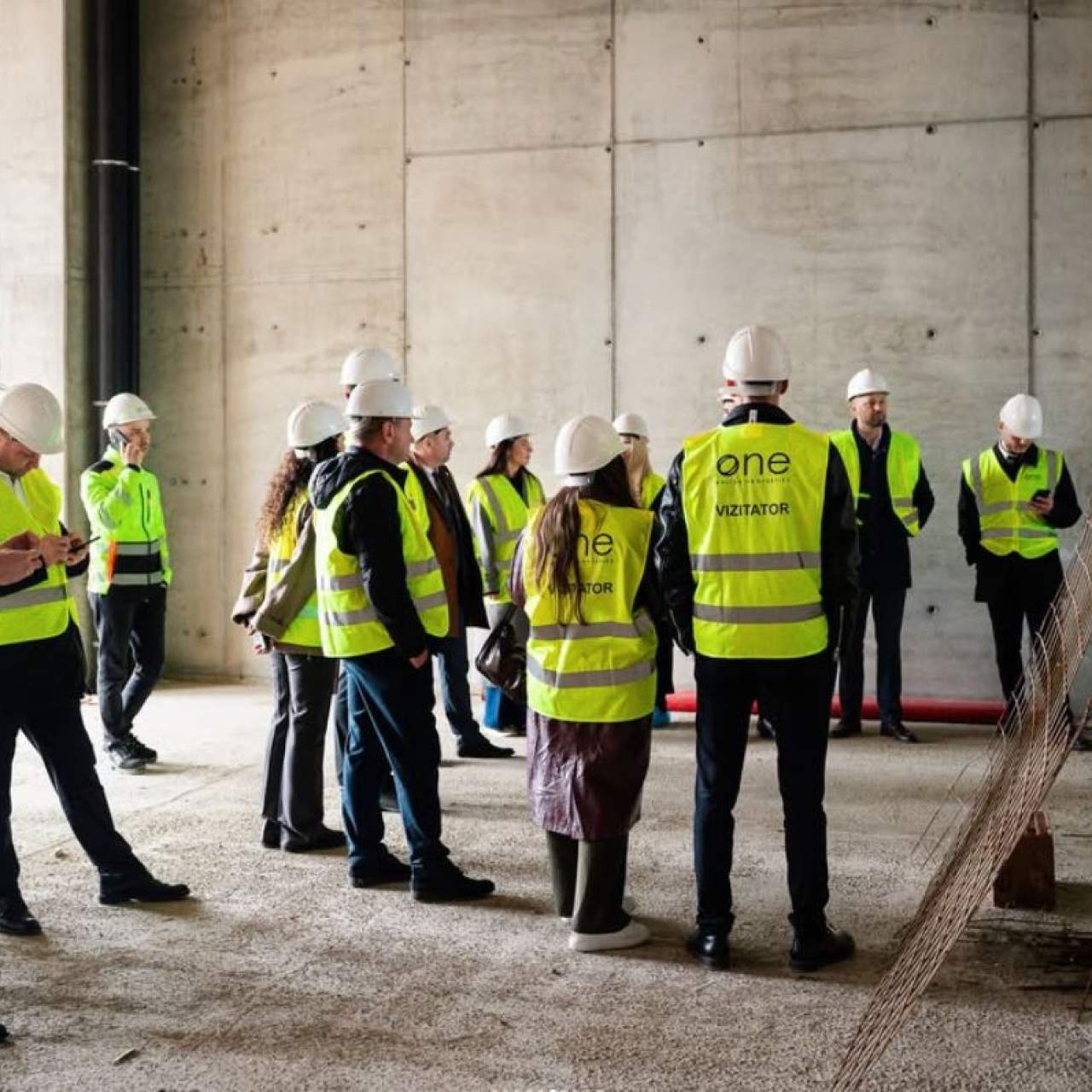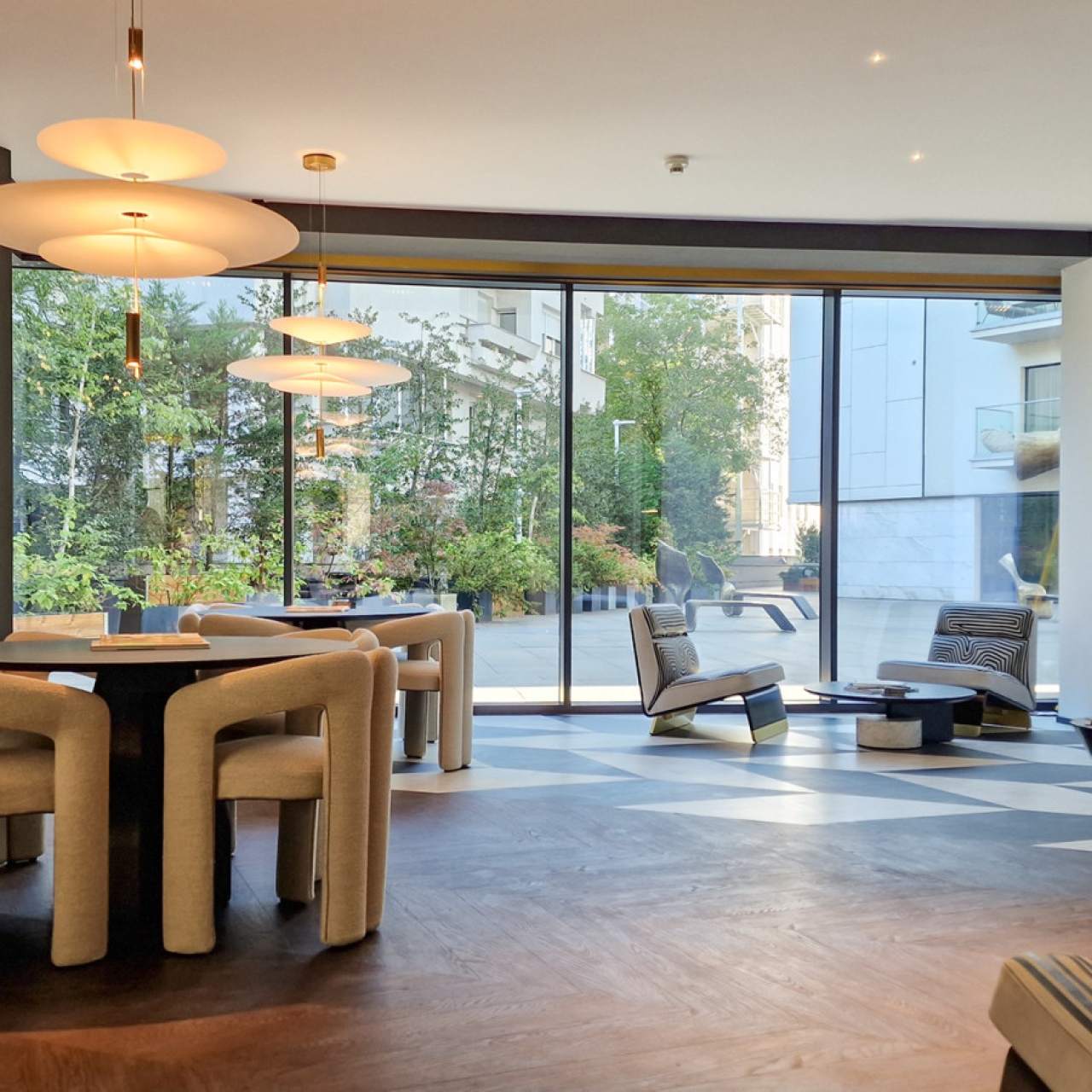
Bucharest houses with famous owners
Full of charm, the buildings in Bucharest that in the past housed important personalities of the country still delight passers-by with their design, often the work of the most famous architects.
Here are some of the most beautiful houses that you can admire in Bucharest:
Vila de la Șosea
Vila de la Șosea (not to be confused with Kiseleff Palace, also known as Casa/Vila de la Șosea), the former residence of the philosopher Nae Ionescu is also called, served as his home until he died in 1940. With an air both distinguished and austere, it was built in the 30s by the industrialist and engineer Nicolae Malaxa, who entrusted the project to the architect G.M. Cantacuzino, building it to give it to his friend, Nae Ionescu. During the Second World War, the building hosted several meetings of the Council of Ministers. Including some Byzantine elements in its architecture, the villa is distinguished by an elegant colonnade, but also by a generous garden, also housing an underground network of tunnels that are said to reach as far as Baneasa Airport. It is suspected that it was built after the death of the first owner when the villa was taken over by authorities and became the residence of Marshal Ion Antonescu. Currently, the building is the seat of the Research-Development Station for Băneasa Fruit Farming, from the neighbourhood of the same name.
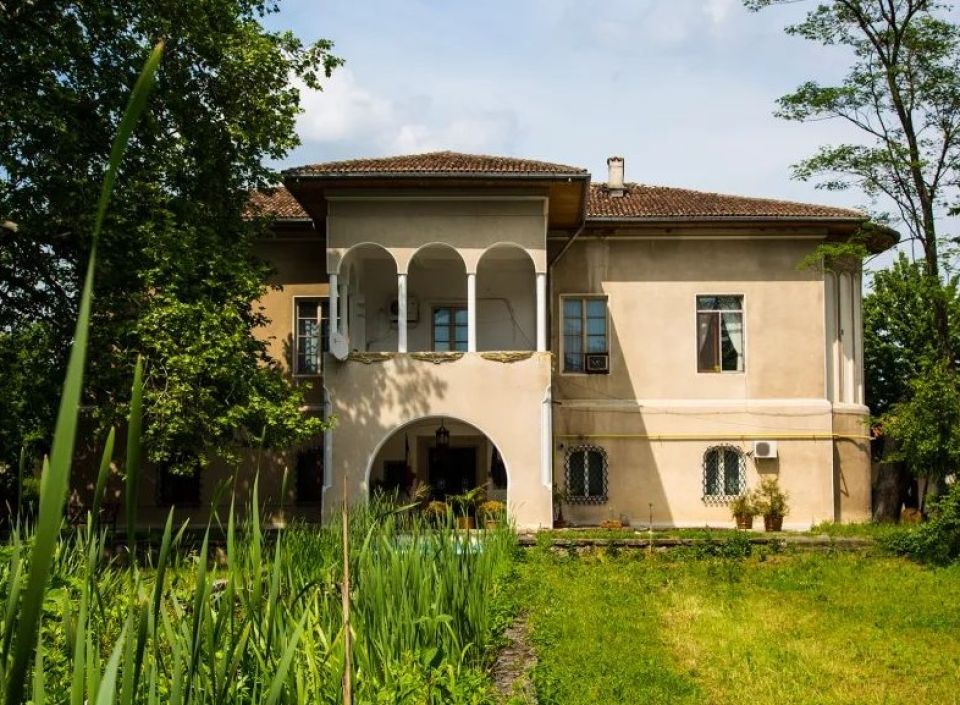
Dinu Lipatti House of Arts
On Lascăr Catargiu boulevard, at number 12, we encounter another emblematic building, Casa Lipatti, which in the past belonged to the family of the Romanian composer. Built in 1902, the building is part of the portfolio of the architect Petre Antonescu, who structured it in two wings. The living room with the composer's piano is located on the right wing. The historical monument house, which includes eight rooms, has wooden carpentry, being embellished, in the area of the window frames and in that of the horseshoe-shaped portal, which shelters the entrance, with plant elements. The ceiling decorations, a series of built-in furniture, and a terracotta stove are still preserved. Alexandru Dimitriu also contributed to the construction of the building and designed the bridge where the servants lived. He was the one who also made the roofs of other famous buildings, such as the Athenaeum and the National Library. On the occasion of the centennial anniversary of the composer's birth, in 2017 the monument became the headquarters of the Cultural Centre of the Municipality of Bucharest, taking over the title of "Dinu Lipatti House of Arts".
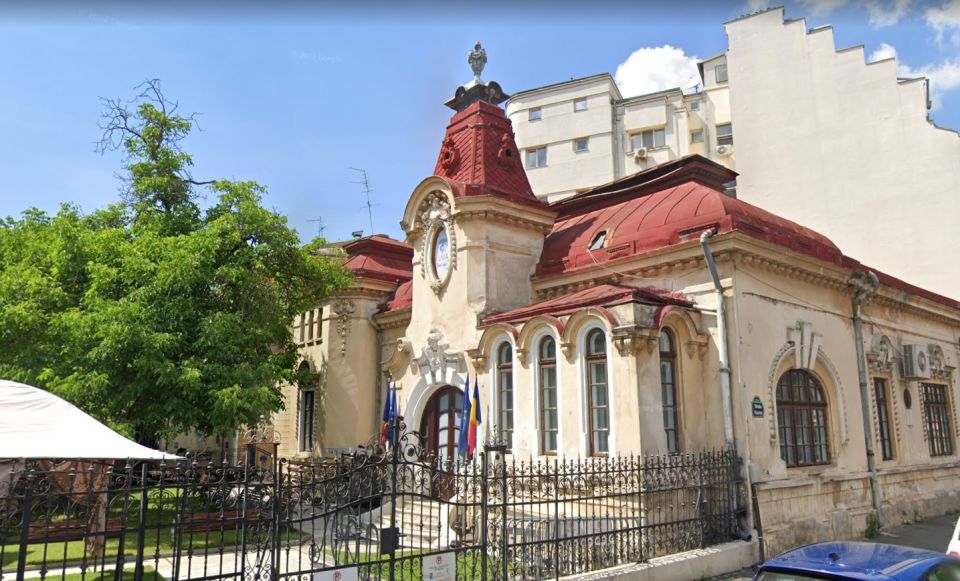
Casa Mița Biciclista
With a flirtatious appearance, the Mița Biciclista house received the nickname of its famous owner. Maria Mihăilescu, better known by this nickname, was the first woman from Bucharest to ride a bicycle. The building in Biserica Amzei street, where she lived, was designed by the architect N. C. Mihăescu using a combination of Beaux-Arts and Art Nouveau styles, reproduced by the use of rich ornaments, such as reliefs with cherubs, lions, and cupids, being completed in the year 1910.

Titulescu House
Built to serve as a home for the diplomat Nicolae Titulescu's family, the building bears the signature of the architect Ion D. Berindey. Currently, the foundation of the same name operates under its roof. Several carpets, porcelains, pieces of furniture, and works of art are preserved from the politician's belongings.
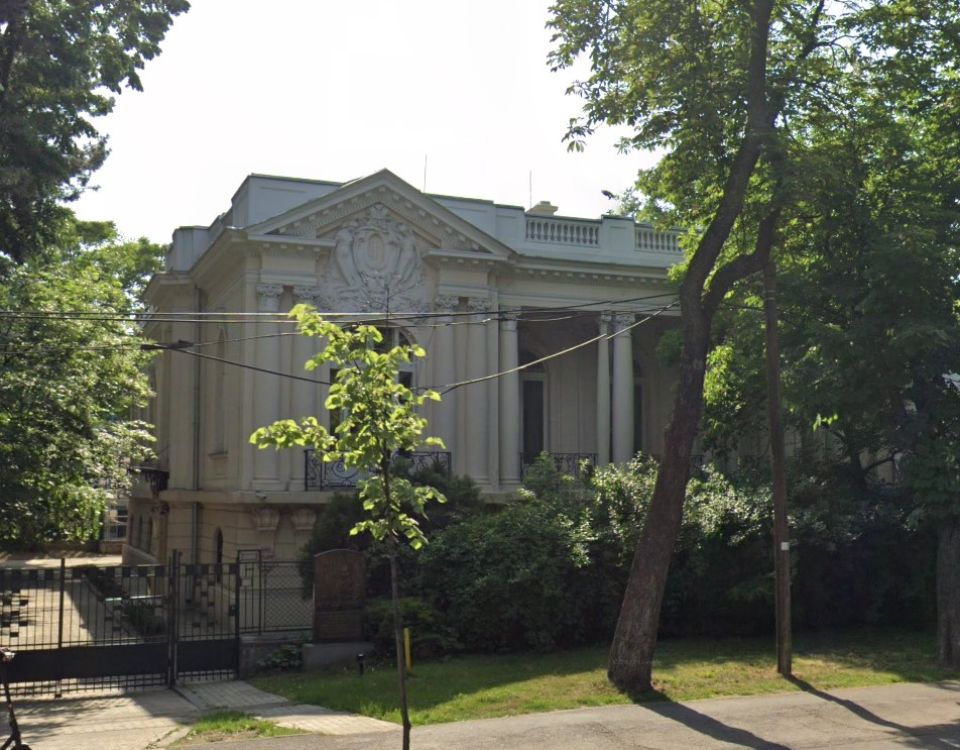
Librecht House
Known especially as the Casa Universitarilor, the house belonged to the banker and postmaster Cezar Librecht, a close friend of the ruler Al. I. Cuza and central figure of the first corruption scandal in modern Romania. The building is part of a more atypical style for the city, neo-Gothic, being designed according to the sketches of the Dalmatian architect Luigi Lipizer. He used Bohemian crystal windows for the interior, also building a series of monumental columns. After Librecht's departure from Romania, the house was bought by Gheorghe C. Filipescu, who chooses to donate it to set up a children's home here. After becoming the property of the Ministry of Education, it would receive its current role, as the headquarters of the University House.

Data for this article was obtained from casaartelordinulipatti.ro, titulescu.eu, danagont.ro, ceascadecultura.ro and wikipedia.org.
Inspired by the article?
Explore apartments in neighborhoods worth discovering:

